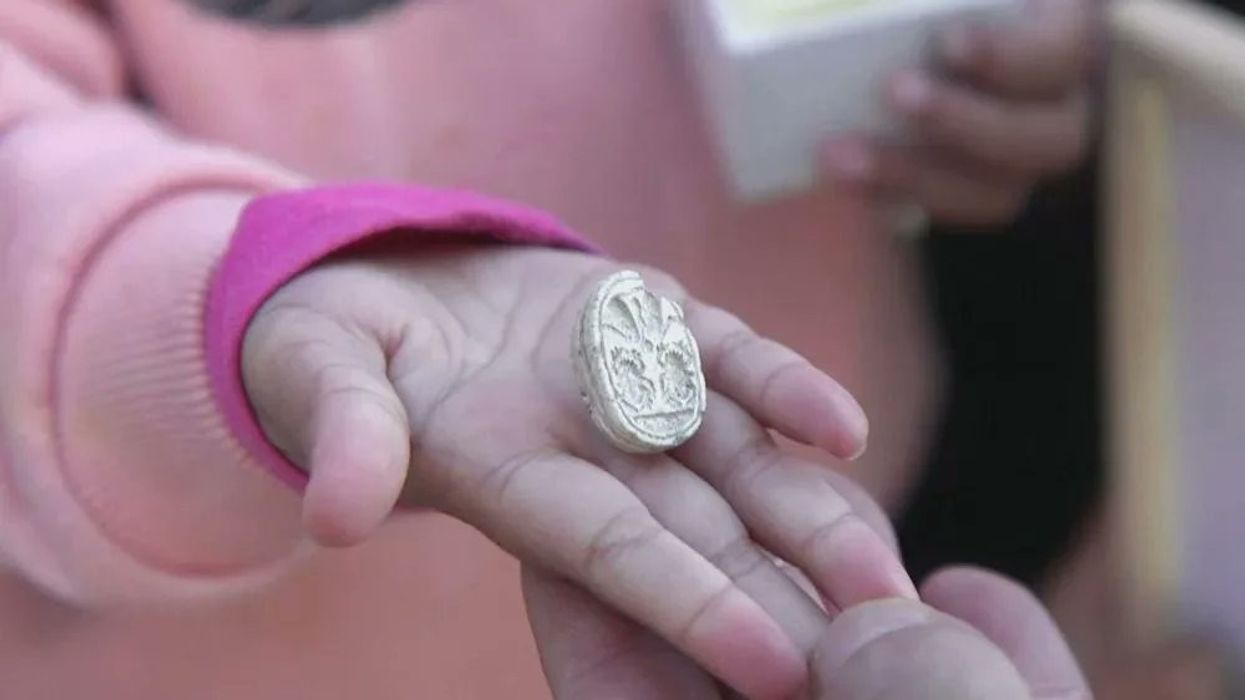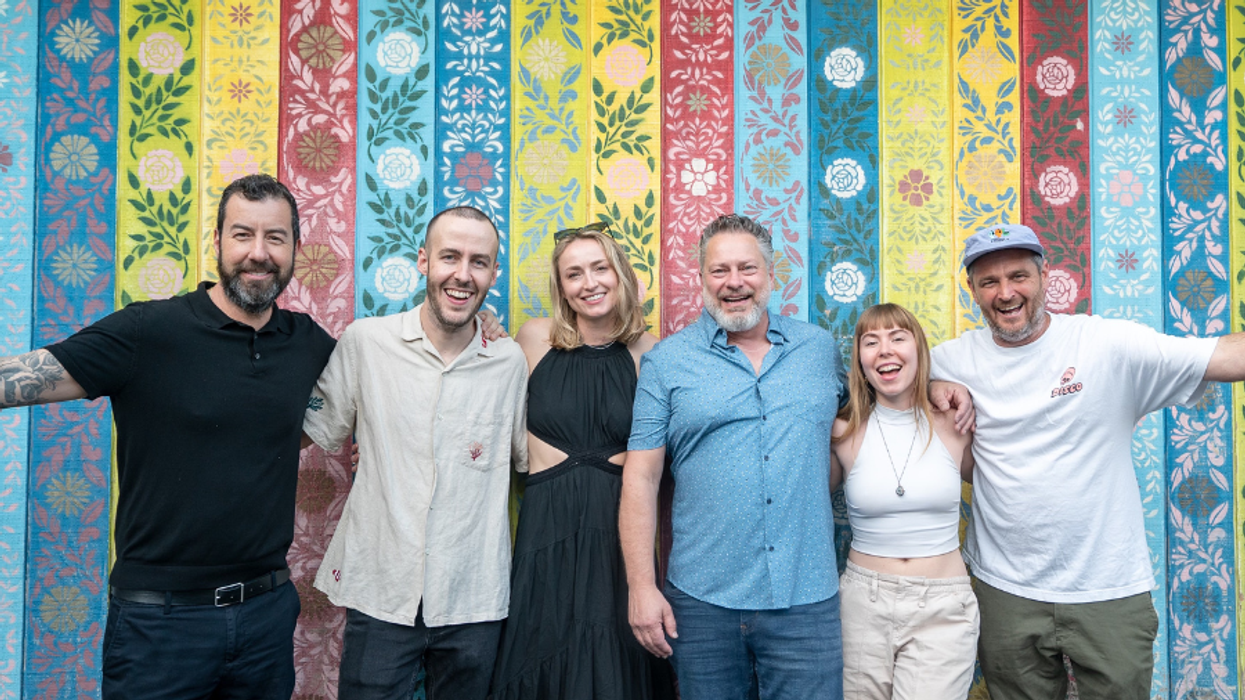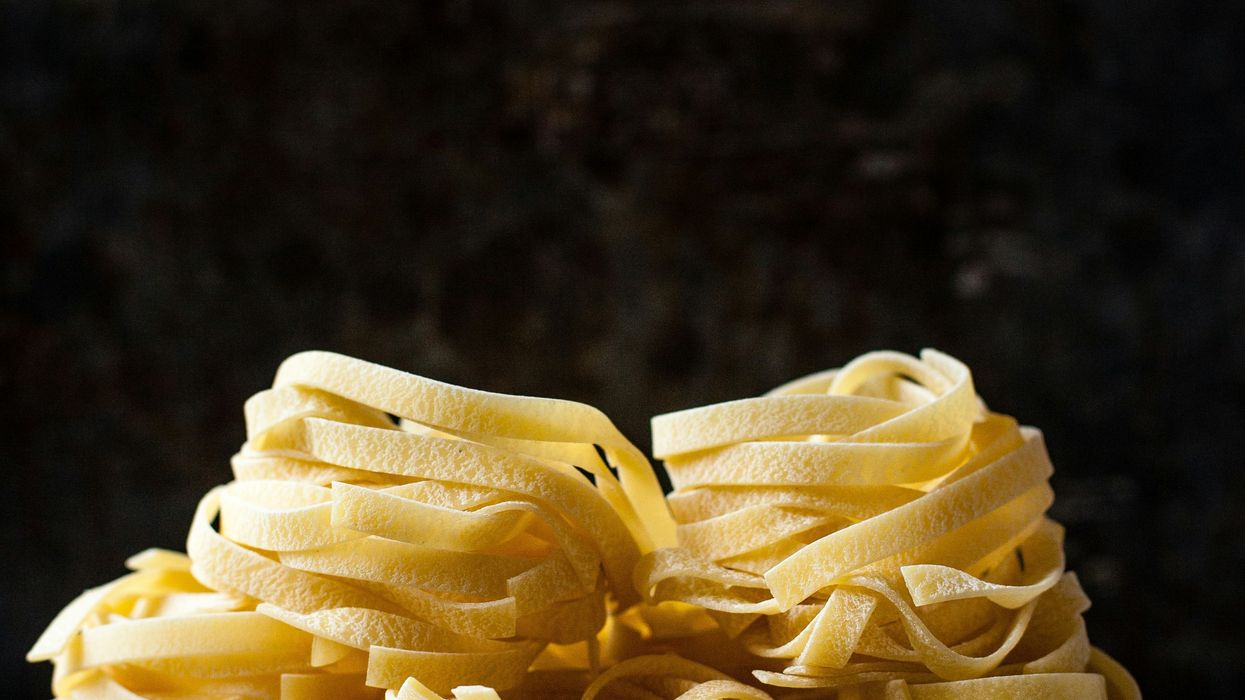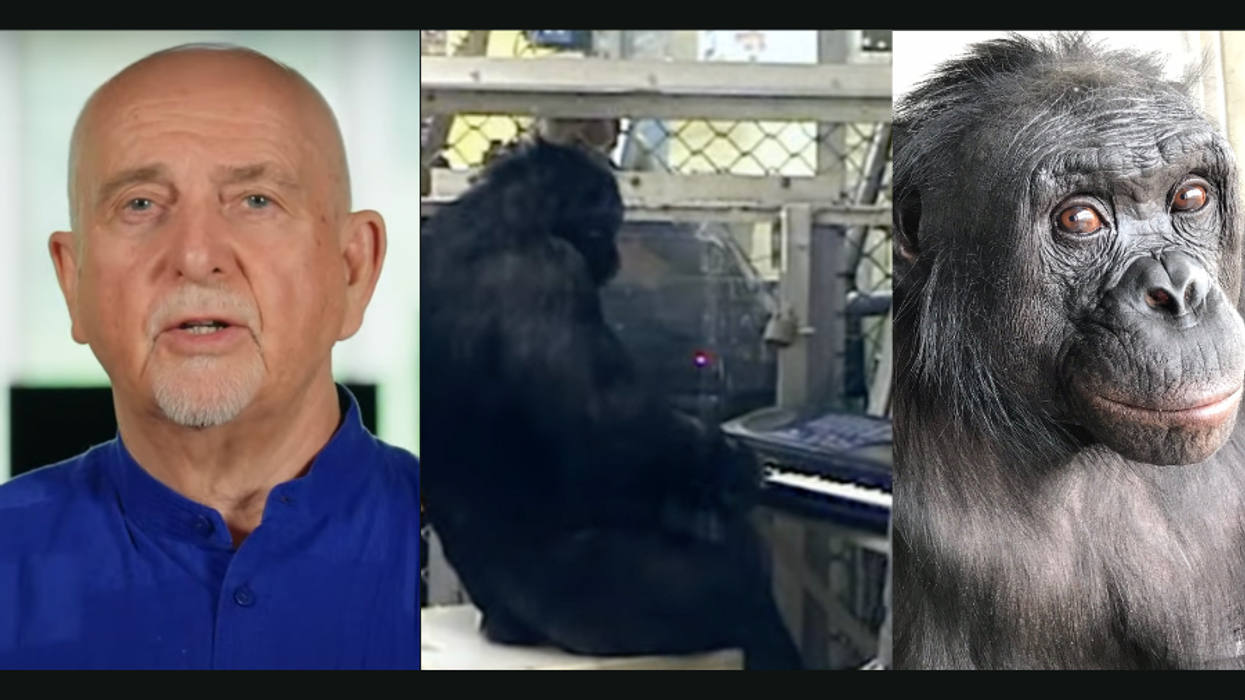The street artist Swoon stands in her apartment-cum-studio, barefoot amid shavings from the sheets of linoleum she has been intricately carving. She lays the linoleum on the floor, inks it with a roller, covers it with paper, and then, as if stomping grapes, dances atop it, transferring the image onto large sheets of recycled paper.Swoon pastes her finished pieces-emotionally expressive faces atop bodies that morph into images of tenements, teeming streets, and toiling workmen-onto the walls of cities around the world, always positioned with their feet at street level. "I want the figures to have the same physical presence as a human being," she says. "I want you to be able to stand in front of it and relate to it." Street-art appreciators and pedestrians alike have done more than just relate to her work-the panoply of life-sized figures has made Swoon a legend in the streets of New York and as far afield as Berlin, London, and Mexico City.
| Quote: |
| I don't buy that some absentee landlord neglecting the side of his factory is better than citizens participating in what happens to it. |
Those unexpected places, which she terms "third spaces," are where public and private converge: half-forgotten alleys, the walls of dilapidated warehouses, and derelict buildings adorned with billboards. "Once you start selling off that space," she observes, "you're declaring it open for communication." And she eschews the idea that neglect is better than defacement: "I don't buy that some absentee landlord neglecting the side of his factory is better than citizens participating in what happens to it."Her portraits of Havana street kids, New York construction workers, or the soccer-ball-sewing women of Oaxaca, Mexico, are embraced by neighborhoods under assault from billboards run wild. "What if I can make something twice as powerful, so much tinier, and right at the ground where everyone is?" she asks. "What if I made something with my hands that became more important to people's experience of the city?" She has done just that. And so, though it would be easy to wash away the paper of Swoon's street folk, most of them remain, slowly becoming a part of the city itself.













